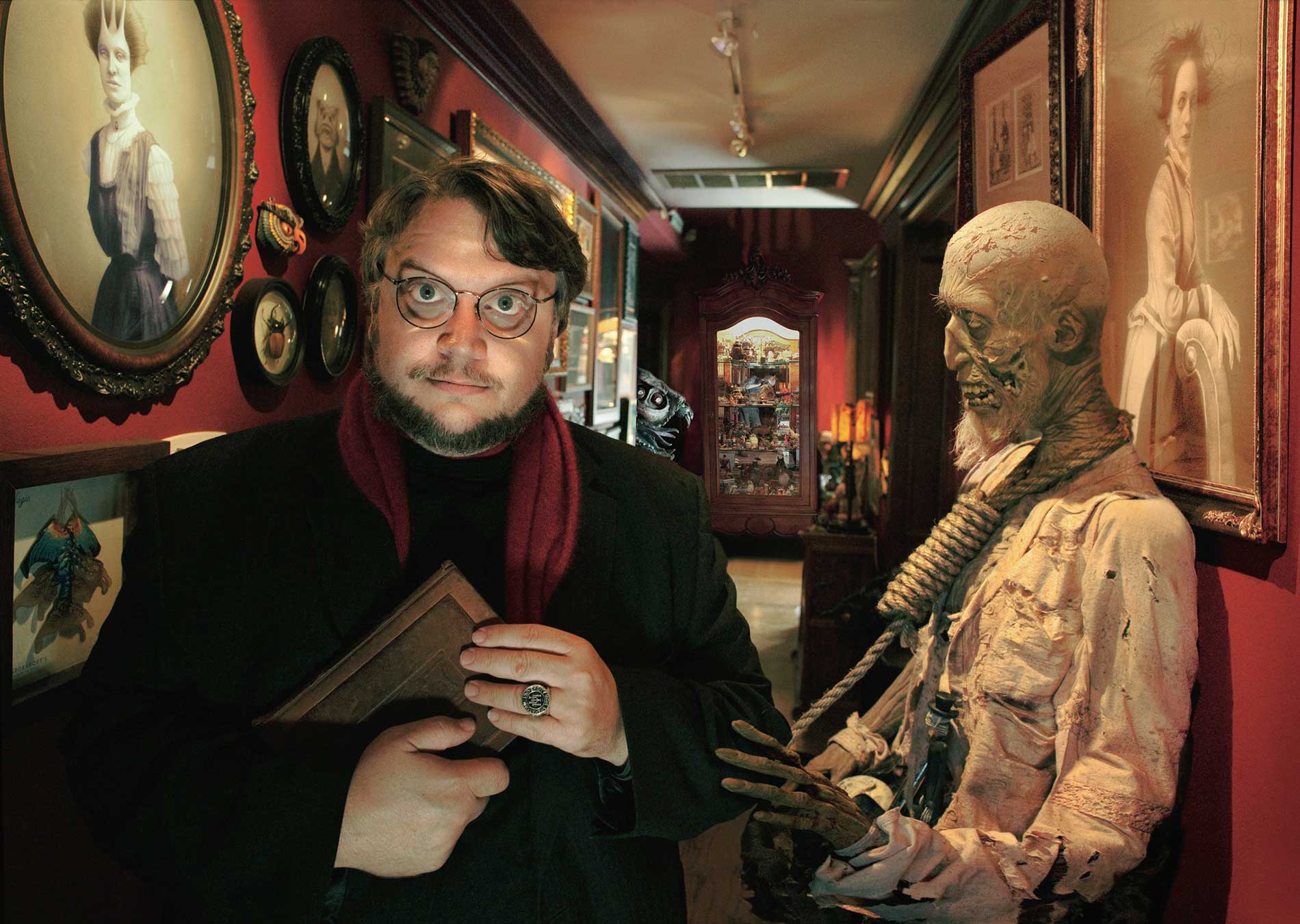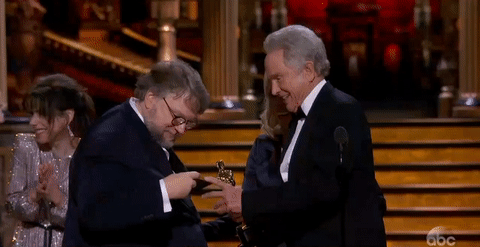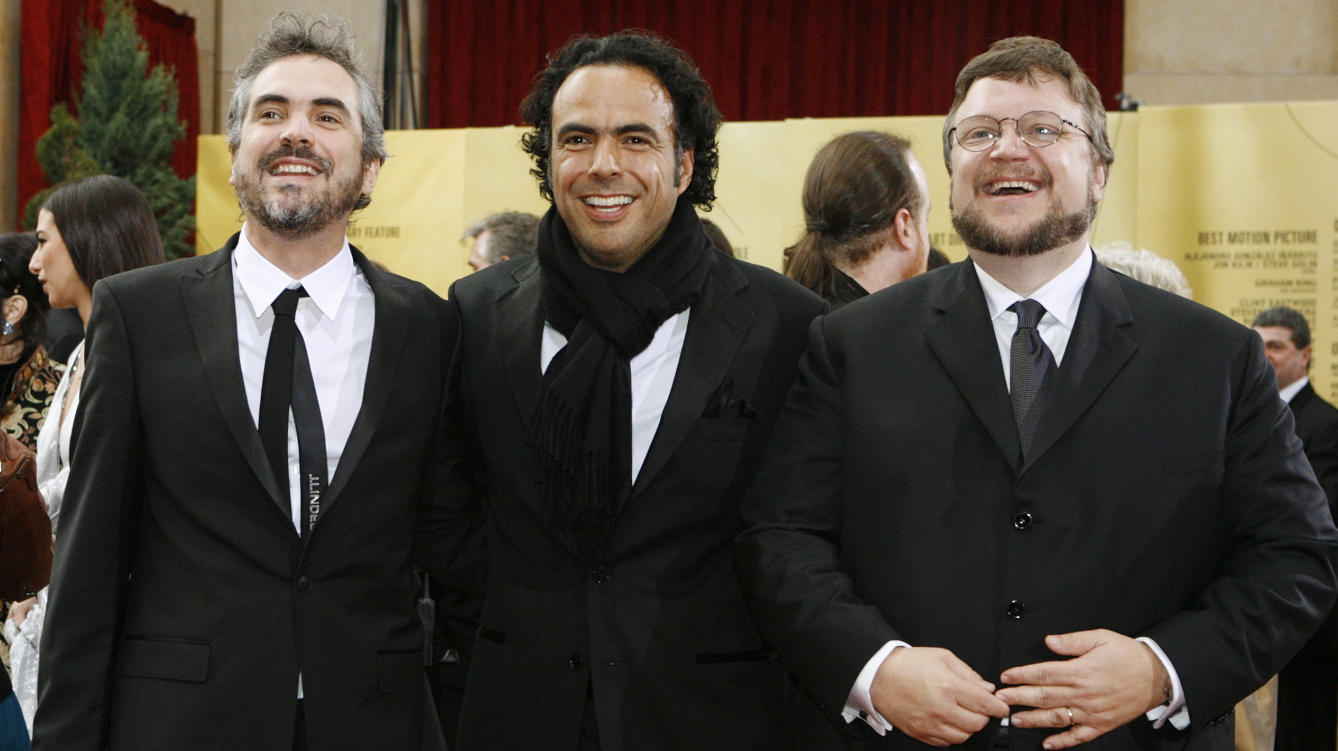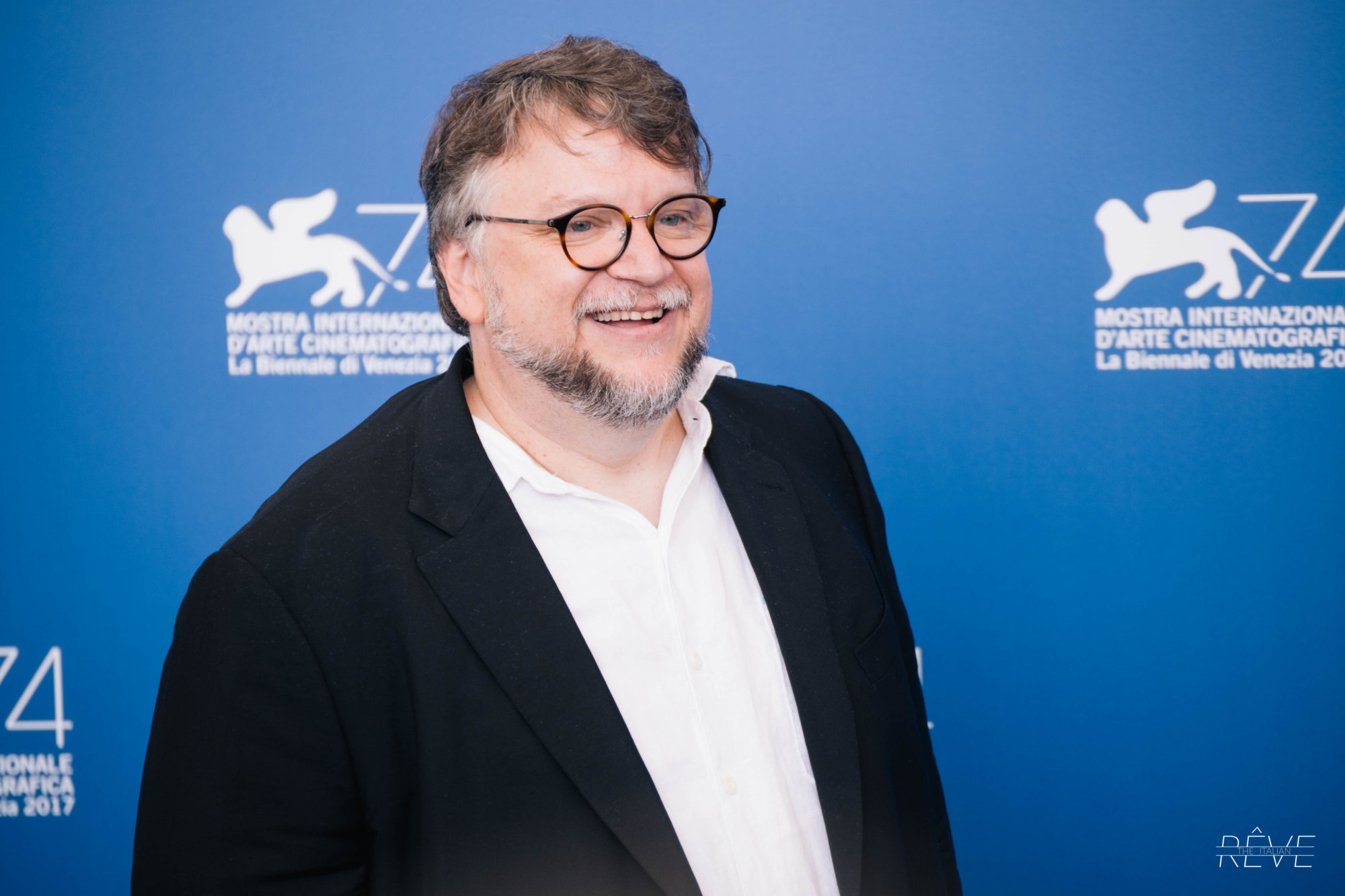With his monsters he has conquered the world, creating his own style and becoming one of the most beloved directors of the last years, bringing us from the Francoist Spain with “Pan’s Labyrinth” to introducing us one of the most romantic love stories ever in “The Shape of Water.”
Here the must-know things to know and understand Guillermo del Toro, the director who monopolized the 90th Academy Awards and who will be the President of the International Jury of the 75th Venice Film Festival.
Who
Guillermo del Toro Gómez is born in Guadalajara on the 9th October 1964. His father, Federico, is a level-headed businessman, while the mother Guadalupe is an amateur poet who enjoys reading tarot cards.
For whom knows him, it’s easy to think that it was the mother the most important parent figure for the style of del Toro, but the lack of imagination of his father encouraged Guillermo to try to impress and puzzle him as far as possible.
Del Toro has always been a lover of arcane and obscure worlds, from the classic monsters to black magic, and he’s never lost this passion, developing and growing it within himself.

His movies
And his movies, indeed, have always been impregnated with a mystic aura and with an important symbolism for each character, location and, most of all, monster, which are the representation of del Toro’s thoughts since the first college short movies.
Already in his first feature “Cronos,” in 1993, the style of del Toro has been recognized and appreciated enough to immediately gain an award at Cannes, opening him the doors to Hollywood, where the “monsters’ department” was gradually falling asleep.
But in 1997, with “Mimic,” Guillermo del Toro already succeed in positively shaking the situation, creating a movie that, as mainstream as it is, marks a little but important awakening, enough to become a trilogy separate from del Toro, just like it’ll happen with the “Pacific Rim” saga (2013).


After fulfilling his fan-boy part directing “Blade II” (2002) and the Hellboy adaption (2004), del Toro marks his own filmography with one of his best films, “Pan’s Labyrinth” (2006), that encloses all the traits of his poetic style.
A poetic style which is clear also in his latest work, “The Shape of Water” (2017) that finally led him on top of the world.
For the future we’ll have to wait and see: in the meantime, the Award-winner producer of “The Shape of Water” J. Miles Dale told us that they have already planned two other movies.

The poetic style
Both in “Pan’s Labyrinth” and “The Shape of Water,” del Toro uses the mystic to show the mundane, the magic to show the history. And this is the power of his storytelling, being able to tell the darkest parts through a kind of estrangement in his unique way.
In “Pan’s Labyrinth,” he succeeds in describing the Francoist Spain through the eyes of a little girl and using his own symbolism masterfully: the story takes place in 1944, at the beginning of the Franco regime, and it shows closely the fight between rebels and the Francoists.
In the middle of the whole thing, a girl and her imagination bring us into the magical world of the faun, from whence she actually comes.
It is interesting to see the girl as an embodiment of Spain that, coming from a world of freedom and magic, winds up under the thumb of an evil stepfather who ends up murdering her, aka the fascist dictator Francisco Franco.
And we find the same modus operandi in “The Shape of Water,” in which Guillermo del Toro uses his own monster to tell on one hand the fear of the different, and on the other the fear of the Cold War.

The monsters
The monsters are the signature of del Toro, the megaphone through which he tells all his stories, his efficient mean of social commentary.
Del Toro’s monsters, indeed, are not the typical ones of “monster movies,” but they are the portrayals of fantasy, also the less “fairy-tale kind of” one, with positive connotations, while the real monsters end up being the humans: in “Pan’s Labyrinth” the stepfather is the villain and the faun, as far as pushes the girl into dangerous adventures, wants to save her; in “The Shape of Water” the real monster is the colonel played by Michael Shannon, blinded by the frustration of the Cold War and ready to crush anyone who gets in his way.

The house
The love for the monsters and the importance that they had in his life and style are embodied by his in house-office in Los Angeles, that Guillermo del Toro has set up as a museum with the original renderings of his creatures and, therefore, his thoughts.
The “Bleak House” or, as del Toro calls it, the “man-cave,” is an actual reproduction of his mind and his work: giant, deep, meaningful and, at times, obscure.


Television
One of the first toys of baby del Toro was a plush werewolf, and his first movie was about a vampire, so his love for classic monsters was never a secret. And this love for the classic, the gothic, gives to del Toro that extra kick in the realization of his creatures.
It’s not a coincidence that he wanted to create “The Strain,” the successful FX’s TV series, also in response to the new trend of seeing vampires like romantic and sexy (and “sparkling”) characters, bringing back the Polish folkloric tradition of which he is so passionate about.
The Academy Awards
With “The Shape of Water” Guillermo del Toro finally succeeded in winning the most prestigious award in the cinematographic world, gaining two statues (Best Picture and Best Director), besides Best Production Design and Best Original Score, adding to the total 13 nominations (including Best Achievement in Costume Design for Luis Sequeira).
![]()
![]()

Maybe he would have been able to win them before, if he hadn’t had to quit the direction of “The Hobbit” trilogy, of which he is still co-screenwriter, but on a second thought, it’s better that one of his creatures has given him this satisfaction, crowing a career that, as we have seen, is much more than just fantasy.
Del Toro has thus become the third Mexican director in 5 years to win the Academy Award for Best Director, after his good friend Alfonso Cuarón who brought the statue in Mexico for the first time with “Gravity” in 2014, followed by the two winnings in a row of Alejandro González Iñárritu, another great childhood friend of his.
And not for nothing the three directors (in reference to the great 1986 success by John Landis with Steve Martin, Martin Short and Chevy Chase) are called “The Three Amigos,” now icons of the golden era of the Mexican cinema and co-founders of the film production company “Cha Cha Cha Films.”

Venice
The same way it happened the year before with “La La Land” by Damien Chazelle, the Oscar race started at the Venice International Film Festival for “The Shape of Water,” too.
After the almost unanimous approval by both critical and audience, and the highest recognition winning the Golden Lion for best film, del Toro has begun to gather all the most important prizes until the golden statue at the Academy.
And, just to further deepen this bound between the director and Venice, this year del Toro will be the President of the International Jury, in an edition that is going to be really interesting!






